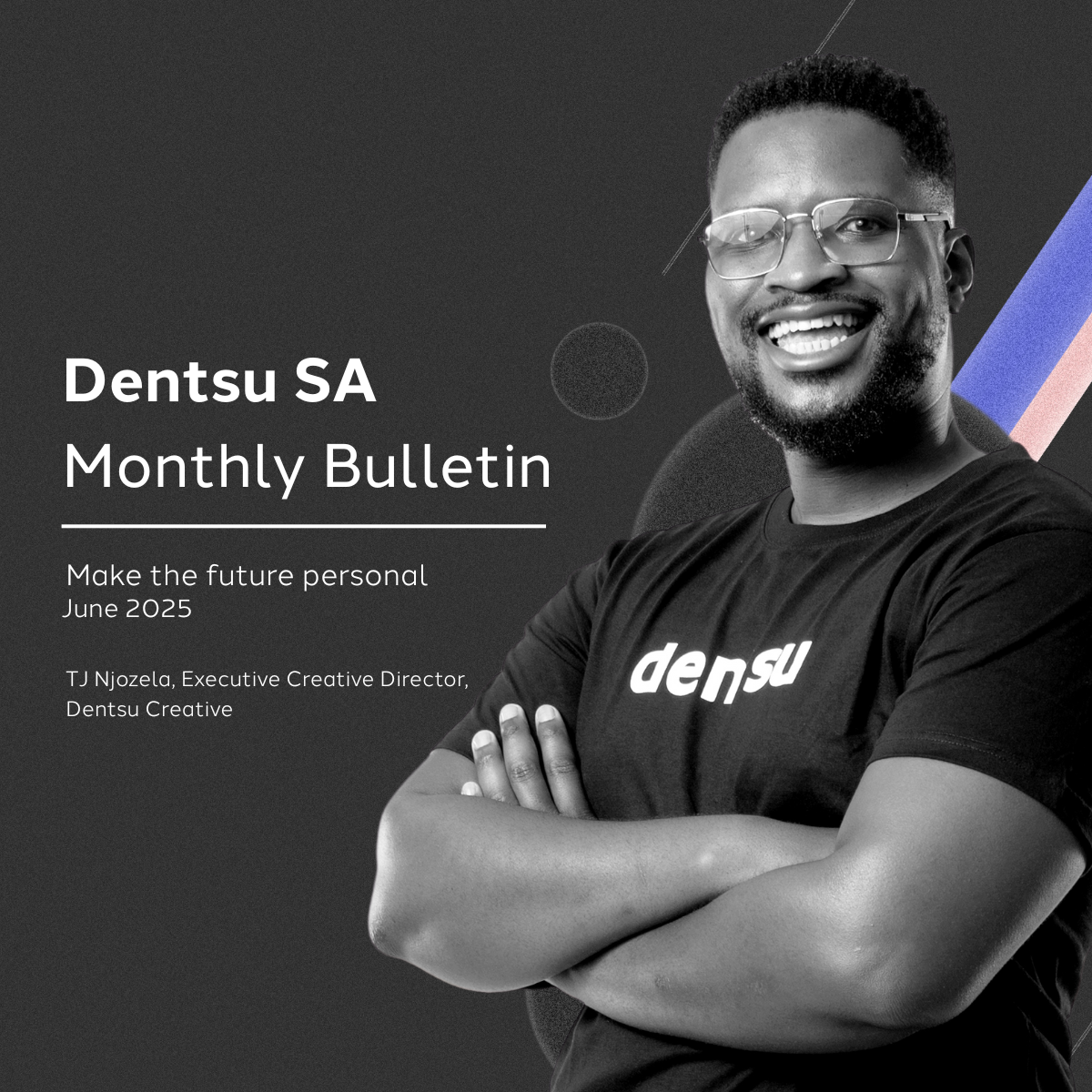
We tend to speak about the future in broad terms, like it’s distant, a hovering concept full of predictive models, tech breakthroughs, economic curves and sustainability targets. It’s something we’ll ‘prepare for’ or ‘innovate towards’. Though, the future quickly becomes ‘the now’ when it’s personal, when the abstract idea becomes a lived experience.
Automation becomes real when a person realises that their job could be replaced by a bot. Climate change is felt when summer is summering a bit too much. AI adoption becomes apparent when a child consults an algorithm before turning to you, their parent, for answers.
In moments like these, the future stops being theoretical and starts getting personal. It stops being coming and becomes something that is happening now – because people have come to a realisation of what it means for them. And, a lot of the time, that awareness is scarier than it is exciting.
As we build systems, products and campaigns that make sense, we must also design something new without innovating? We need to design belief, where something more than technical change happens, that is, the creation of emotional stories that give meaning to large-scale shifts by making what we build personal and relatable.
The real work of future-building, beyond imagining what’s next, is helping people see themselves in it, and in a positive light. At the end of the day, all the advancements are tools built for people to use. And when we know how the tools work, it becomes less scary because we are then able to engage with the tools as participants, not bystanders.
By making others feel seen in what’s coming instead of fearing what will become of them, we create expectation of a future where the potential for opportunity is tangible. So let’s make it matter and make it human. That way, we will realise a future with meaning, where people won’t be standing in the way but will be finding ways to move mountains – because it will be personal.


